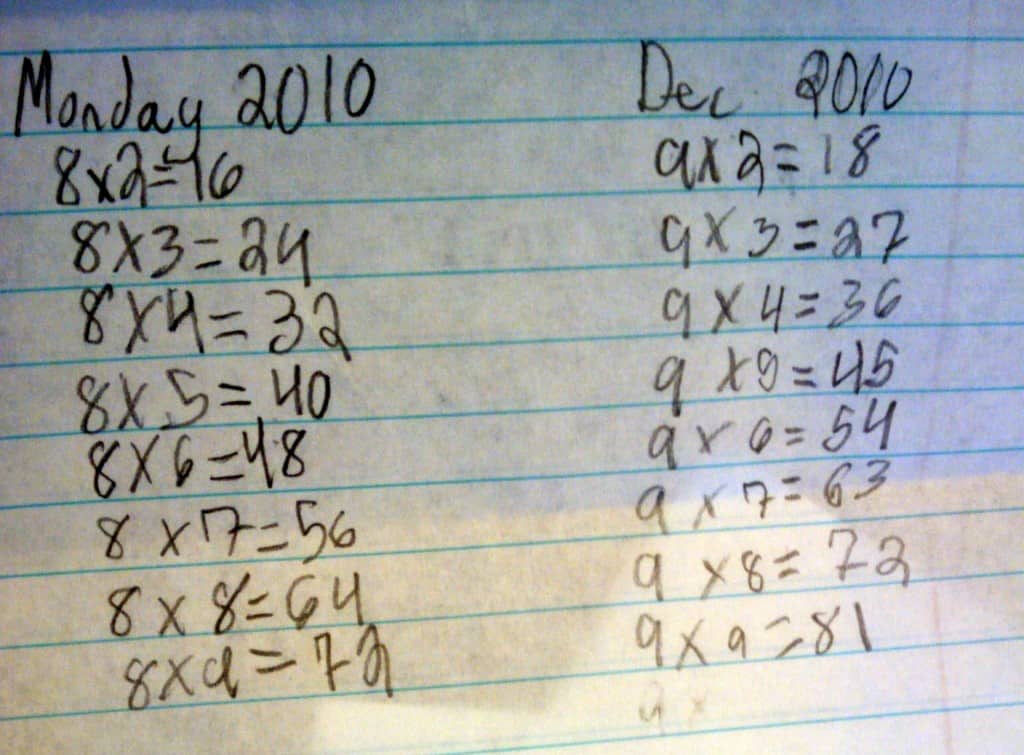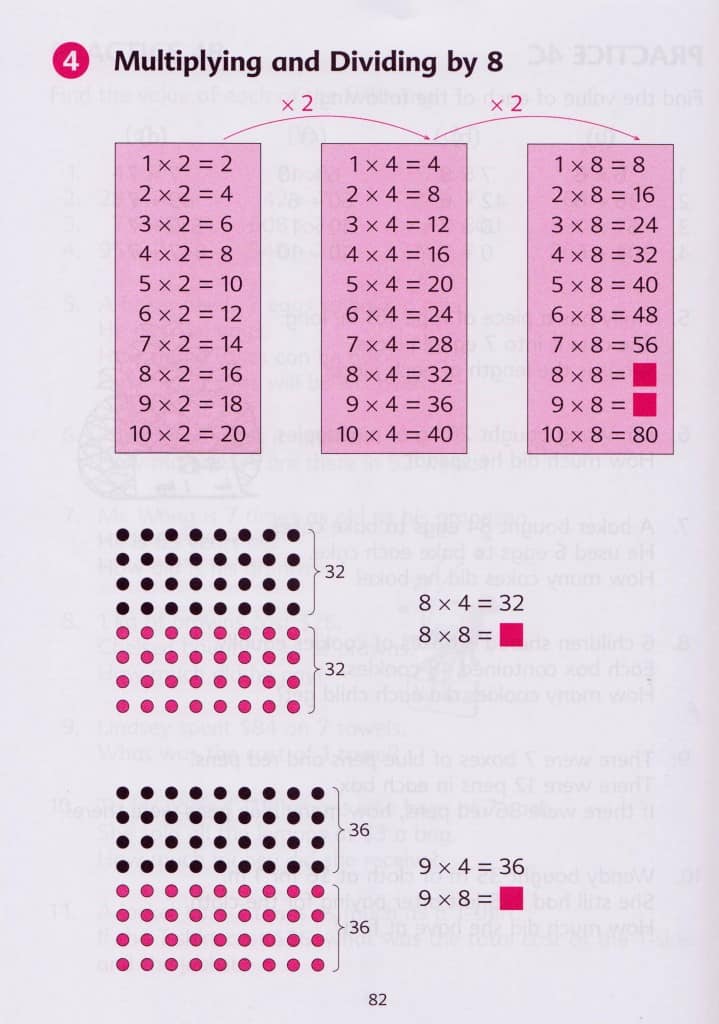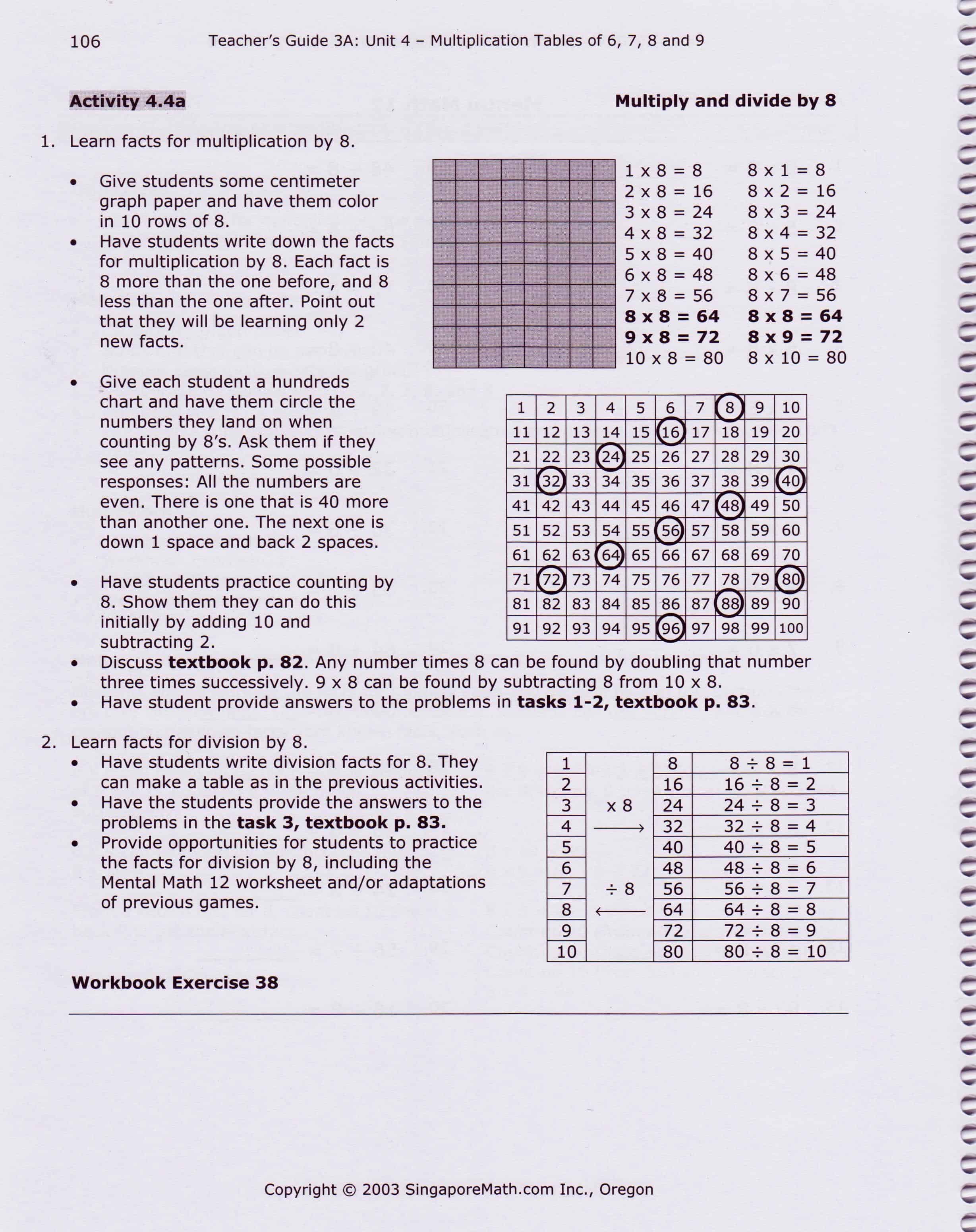
Today (Friday, February 25), the Utah State Senate passed S.B. 179, the Math Education Initiative, by a 19-6 vote, with 4 Senators not voting. Sponsored by Sen. Howard Stephenson (R-Draper), S.B. 179 would provide incentives for schools to adopt the Singapore Math Curriculum.
S.B. 179 appropriates $1.813 million to be awarded to school districts and charter schools to adopt Singapore Math ($1 million), to offer honors mathematics courses ($63,000) and to math teacher training programs ($750,000).
Sen. Stephenson has acknowledged that funding the initiative is an issue, and that the amount appropriated to the program may need to be scaled down. Still, Sen. Stephenson said it was important for new kinds of instruction in math to be offered on a pilot basis.
The bill now moves to the Utah State House of Representatives. Utah’s legislative session is 45 days long, with the 2011 session to conclude on March 10.
More information about Utah’s SB 179
Updated status of S.B. 179-the Math Education Initiative.
























